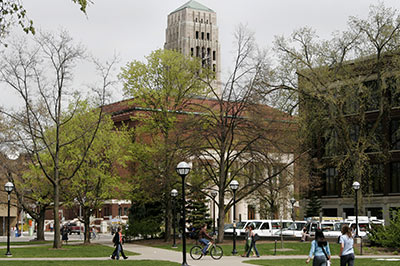Dufresne, R. (2009). 75 (2)
In the wake of a major disaster, damage assessment can be particularly challenging for organizations with dozens or even hundreds of affected properties. Those with well-documented information about predisaster facility conditions can more readily pinpoint those facilities that are at the greatest risk of damage and to determine how to prioritize the assessment process. In the past, a comprehensive and well-organized plan room was considered a best-in-class approach to supporting the operations team in its disaster response. However, if such a plan room is damaged in the disaster, the organization's ability to respond effectively can be significantly impaired and the loss of data can be crippling. Today, best practices dictate that critical information be stored electronically in multiple locations to minimize the effect of a single event. For school systems, having accurate information along with an established centralized system can increase response time and truly affect the days, weeks, and even months following a disaster. From minimizing the interruption of classroom time to construction dollars saved, having a handle on the asset portfolio is the first major step in being prepared to respond.
http://eric.ed.gov/?id=EJ918583











